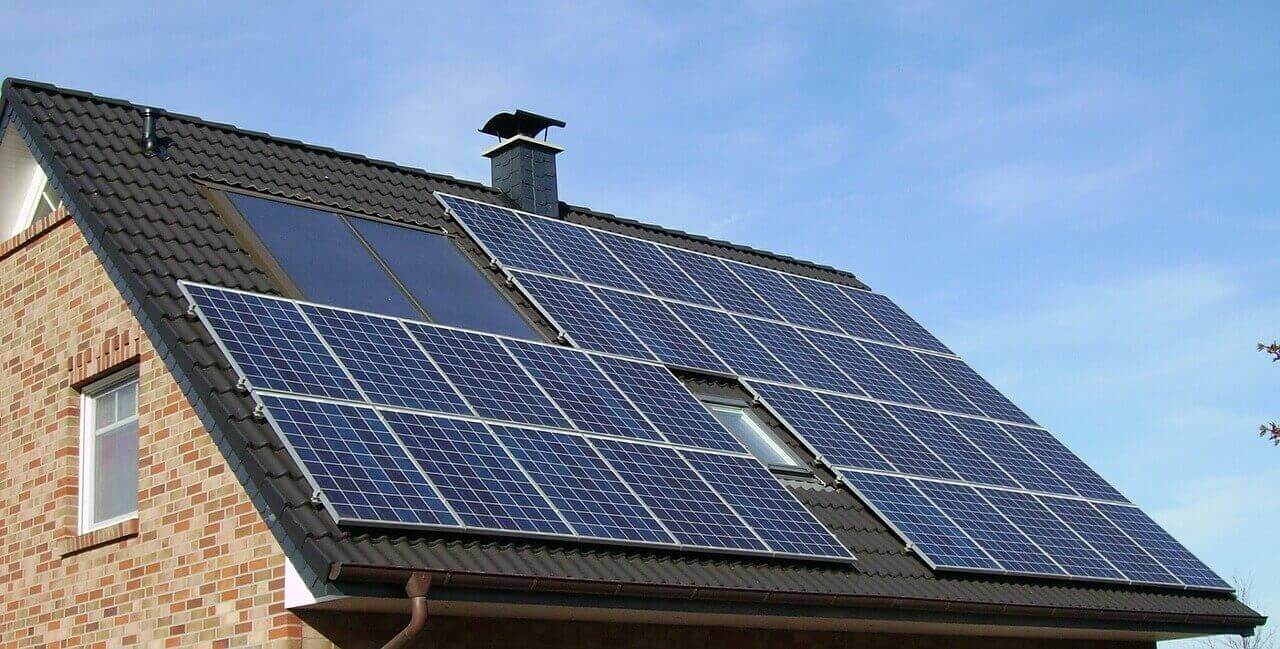- Home
- Scotland's changing climate
- Urban Housing in Scotland
- Maintenance
- Ventilation
- Airtightness
- Insulation
- Lofts - insulation at ceiling level
- Lofts - insulation at rafter level
- Cavity wall insulation
- Solid Walls: Internal vs External Insulation
- Internal Solid Wall Insulation (IWI)
- External Solid Wall Insulation (EWI)
- Timber frame retrofit
- Windows and doors
- Openings in 'historical' buildings
- Openings in 'non-historical' buildings
- Ground floors
- Suspended floors
- Suspended floors - from below
- Suspended floors - from above
- Solid floors
- Insulation materials
- Building science
- Space heating
- Solar energy
- Product Selector
Scotland's changing climate: what to expect
Scotland’s climate is already changing, and despite the commitment to reduce emissions, we know that some changes to the climate in the years ahead are already inescapable due to past emissions of greenhouse gases and that these will present a wide range of threats and opportunities to the environment, infrastructure, economy and people of Scotland.
Over the last 30 years, the average temperature in Scotland has risen by 0.5⁰C, Scottish winters have become 5% wetter, and the sea level around the Scottish coast has increased by up to 3cm each decade. Further climate change in Scotland is now inevitable, no matter how rapidly global greenhouse gas emissions are reduced.

Temperature change in Scotland 1884 - 2021
Source: Ed Hawkins, NCAS, UoR.
Climate change impact on buildings
Climate change can have a range of effects on Scottish buildings, depending on various factors such as location, age, construction materials, and design. Some of the potential impacts of climate change on Scottish buildings include:

Flooding
Increased risk of flood damage: Scotland is already experiencing more frequent and severe flooding due to climate change, which can cause significant damage to buildings, especially those in low-lying areas or near rivers.
Structural damage: Prolonged exposure to floodwaters can weaken buildings' foundations and structural components. Water can seep into walls, floors, and ceilings, causing them to deteriorate over time. This can lead to cracks, warping, and instability in a building's structure.
Water damage: Floodwater can infiltrate buildings, causing damage to electrical systems, plumbing, and other utilities. It can ruin drywall, insulation, and flooring and promote mould growth, which poses health risks to occupants.
Foundation problems: Floodwaters can erode the soil around a building's foundation, leading to settlement issues and potential foundation failure. This can compromise the overall stability of the building.
Contamination: Floodwater can carry pollutants, debris, and sewage, which can contaminate the building's interior. This contamination poses health hazards and may require extensive cleaning and disinfection.
Insurance costs: Buildings in flood-prone areas might face higher insurance costs or difficulty obtaining coverage due to the increased risk of flooding.
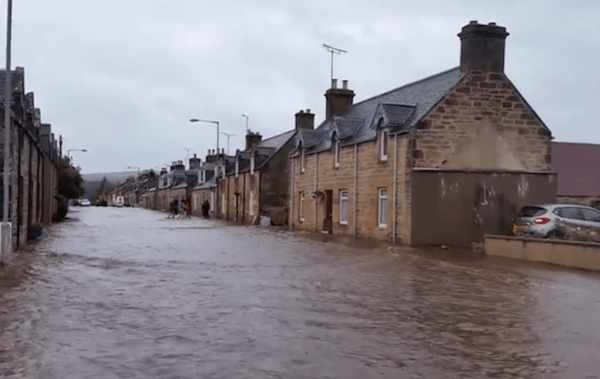
Storms
Increased risk of storm damage: More frequent and severe storms can cause damage to roofs, windows, and other building elements, especially in buildings that were not designed to withstand high winds and heavy rain.
Roof damage: High winds from storms can cause roof tiles or shingles to be dislodged or damaged. This can lead to leaks and water infiltration, potentially damaging ceilings, walls, and electrical systems.
Structural damage: Severe storms can weaken the structural components of buildings, especially if they are not constructed to withstand strong winds. This may result in cracks, leaning walls, or even partial collapse.
Window and door damage: Flying debris or strong winds can break windows and doors, allowing rain and wind to enter the building.
Coastal erosion and storm surges: Buildings in coastal areas are susceptible to coastal erosion and storm surges during severe storms. The force of waves and water can damage foundations and lead to property loss.

Warmer and wetter
Increased risk of moisture damage: Warmer and wetter weather can lead to increased moisture levels in buildings, which can cause rot, decay, and mold growth. This can be particularly problematic in older buildings with solid walls that are less able to manage moisture.
Dampness and Mold Growth: Higher moisture levels can lead to increased dampness within buildings. This damp environment provides ideal conditions for mold and mildew growth, which can not only damage building materials but also pose health risks to occupants.
Building Material Deterioration: Moisture can cause certain building materials, such as wood, to deteriorate more quickly. Rotting and decay can weaken structural elements, compromising the stability of the building.
Foundation Problems: Excess moisture around the foundation of a building can lead to soil erosion and instability. This may result in foundation settlement and structural issues over time.
Corrosion: Buildings made of metals, such as steel components, can be susceptible to corrosion when exposed to high moisture levels. Rusting can weaken the metal and affect the building's structural strength.
Paint and Finishes Damage: Moisture can damage paint and other finishes on the exterior and interior of buildings, leading to peeling, blistering, and discolouration.
Increased Maintenance Costs: As moisture-related problems arise, building owners and managers may need to invest more in maintenance and repairs to address issues promptly and prevent further damage.
Energy Efficiency: Moisture infiltration can reduce a building's energy efficiency. Dampness can increase heat loss, leading to higher heating costs during colder months.
Indoor Air Quality: Increased moisture levels can negatively impact indoor air quality, contributing to a musty smell and potentially causing respiratory issues for occupants.
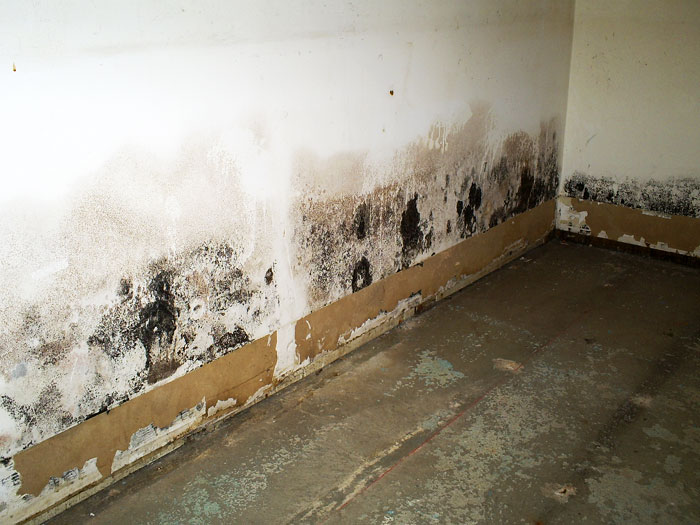

Overheating
Increased risk of overheating: Scottish buildings are typically designed to withstand the region's temperate and often wet climate. The impact of hotter summers will be both immediate and long-term. Increasing temperatures can lead to overheating in buildings, especially those with poor insulation or ventilation. Apart for uncomfortable conditions for occupants, hotter summers might affect building fabric.
Increased demand for cooling systems: As temperatures rise, there will be a higher demand for cooling in buildings, such as air conditioning units and fans. This could lead to increased energy consumption and utility bills during the summer months.
Stress on building materials: Hotter temperatures can cause building materials to expand and contract more frequently, leading to thermal stress. This stress can accelerate wear and tear on the structure, potentially causing cracks, distortion, and other structural issues.
Overheating in older buildings: Many traditional Scottish buildings were constructed with thick stone walls, designed to retain heat in colder climates. In hotter summers, these buildings may struggle to dissipate heat, resulting in uncomfortable indoor conditions.
Impact on roofing materials: High temperatures and prolonged exposure to sunlight can degrade roofing materials more quickly. This may lead to reduced lifespan and increased maintenance costs for replacing or repairing roofs.
Impact on historical and cultural heritage: Scotland has many historically significant buildings, some of which may not be equipped to handle extreme heat. Hotter summers could pose preservation challenges for these structures and their historical significance.
Increased risk of wildfires: Hotter summers can also elevate the risk of wildfires in certain areas. Scottish buildings near forests or other vegetation may be at risk of fire damage during these periods.
Water scarcity and stress on plumbing: Hotter summers could lead to drier conditions and potential water scarcity in some regions. This can put stress on the plumbing systems of buildings, especially if they were not designed to handle such conditions.

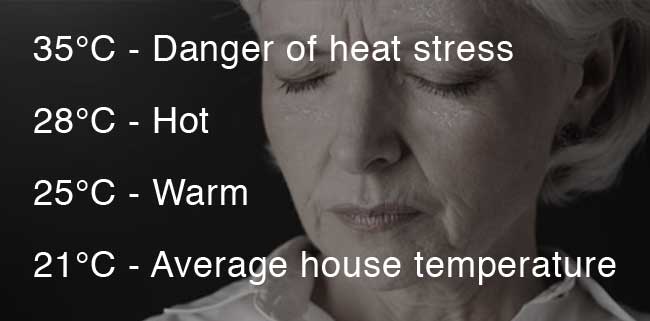
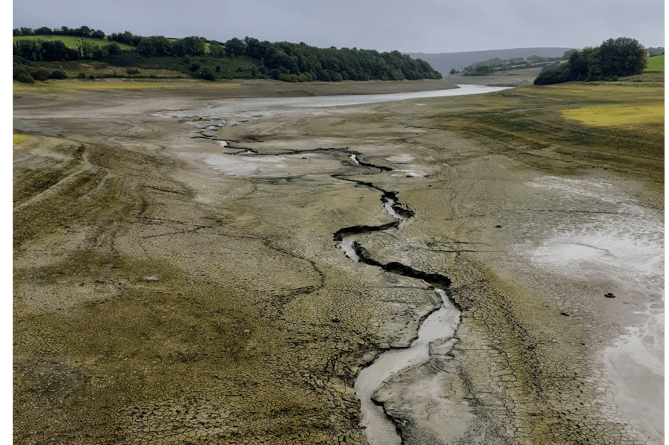
Image: Christina Harris
Energy
Climate change is expected to have several impacts on energy demand in Scottish buildings. While it's important to note that various factors and uncertainties can influence the exact outcomes, some general trends are anticipated based on current knowledge and projections. Here are some ways climate change may affect energy demand in Scottish buildings:
Increased Cooling Demand: As temperatures rise due to climate change, buildings may have increased demand for cooling, particularly during hotter summers. This could lead to greater use of air conditioning systems or other cooling technologies.
Reduced Heating Demand: While Scotland generally experiences cold winters, the overall heating demand might decrease as the average winter temperatures rise. This could offset some of the increased cooling demand during summer.
Extreme Weather Events: Climate change can bring about more frequent and intense extreme weather events, such as storms and heat waves. These events can damage buildings and infrastructure, leading to an increased need for energy during recovery and reconstruction periods.
Changing Building Design and Construction: Climate change considerations may alter building design and construction practices. For instance, more emphasis might be placed on energy-efficient materials, improved insulation, and incorporating renewable energy sources.

